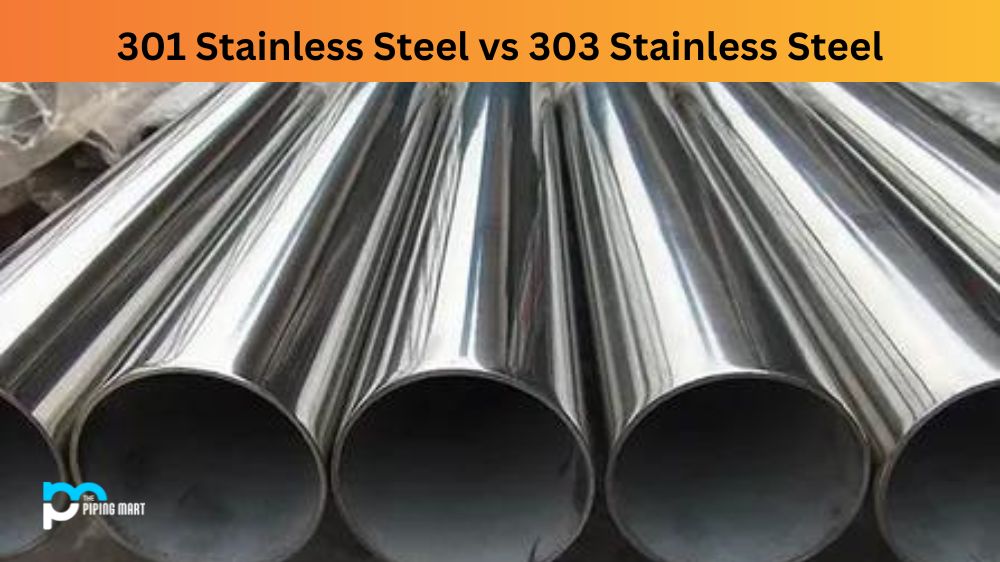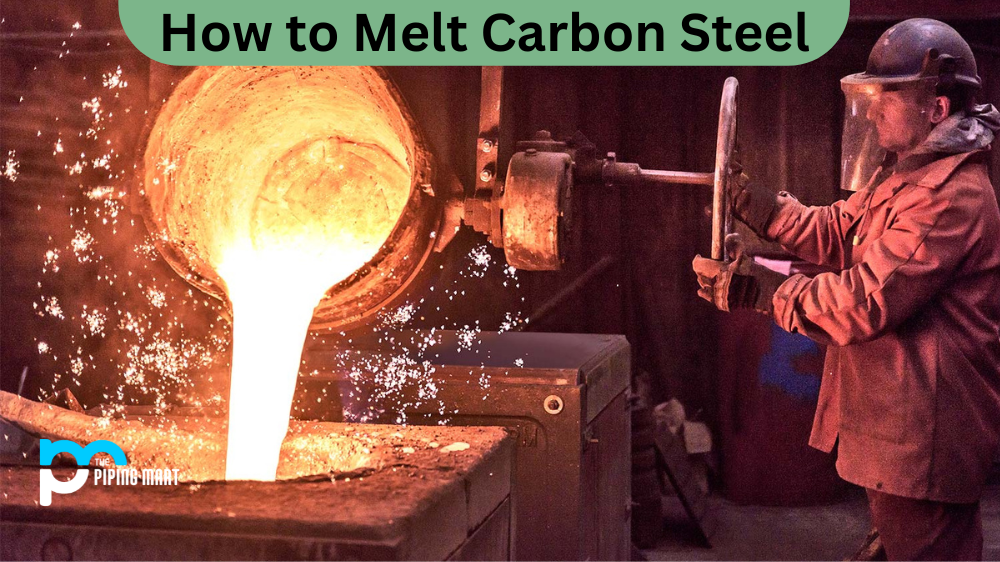Stainless steel is an essential material used in various industries, from construction to manufacturing. Two types of stainless steel that are often used are 301 and 303. While these types may seem similar, they have distinct differences that make them suitable for specific applications. This blog will explore the difference between 301 stainless steel and 303 to help you understand which material to use for your project.
What is 301 Stainless Steel?
301 Stainless steel is a high-strength austenitic stainless steel with excellent corrosion resistance, making it ideal for various applications. It contains 17 per cent chromium, 7 per cent nickel, and 3.5-4.5 per cent titanium for increased strength and improved workability. It also features better ductility than other grades in the 300 series family of alloys.
What is 303 Stainless Steel?
303 Stainless Steel is an austenitic stainless steel alloy with excellent machinability and non-magnetic properties. It has relatively good corrosion resistance, especially to most natural and many synthetic organic acids. It is also durable and can be used for many high-strength and ductility applications.
Difference Between 301 Stainless steel and 303 Stainless Steel
Chemical Composition
One of the significant differences between 301 and 303 stainless steel is their chemical composition. 301 stainless steel contains more carbon and chromium, making it harder and more corrosion-resistant than 303. On the other hand, 303 contains sulfur, making it easier to cut and more machinable than 301.
Strength and Toughness
301 stainless steel is a high-strength material often used in applications that require toughness and resistance to corrosion, such as marine applications. It has a tensile strength of up to 185,000 psi and is a suitable material for heavy-duty applications. In comparison, 303 stainless steel is used in applications that require moderate strength and good machinability, such as parts for the aerospace and automotive industries.
Cost
The material cost is another factor that sets 301 and 303 apart. 301 stainless steel is a high-end material that is more expensive than 303. The higher cost is due to its higher strength and corrosion resistance. 303, on the other hand, is a more cost-effective material commonly used in lower-stress applications.
Surface Finish
301 and 303 stainless steel have different surface finishes. 301 has a matte finish that is resistant to scratches and corrosion, making it suitable for indoor and outdoor applications. In contrast, 303 has a bright finish that is smooth and shiny, making it suitable for decorative applications.
Applications
Due to their unique properties, 301 and 303 stainless steel are used in different applications. 301 is commonly used in construction, automotive, aerospace, and marine applications that require high strength, toughness, and corrosion resistance. 303, on the other hand, is used in applications that require good machinability and moderate strength, such as automotive components and precision instruments.
Conclusion:
In summary, 301 and 303 stainless steels have distinct differences that make each suitable for specific applications. While 301 is harder, more corrosion-resistant, and more expensive, 303 is machinable, more cost-effective, and commonly used in low to moderate-stress applications. When choosing between these materials, you must consider factors such as strength, machinability, corrosion resistance, and cost to ensure that you select the right material for your project. By understanding the difference between 301 and 303, you can make an informed decision and achieve the best results possible.

Meet Bhavesh, a seasoned blogger with a wealth of knowledge and experience. From metal products manufacturing to retail, Bhavesh has a diverse background in various industries and is dedicated to sharing his insights and expertise with readers.




